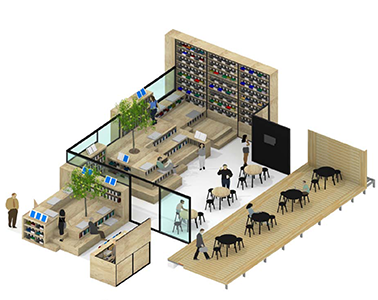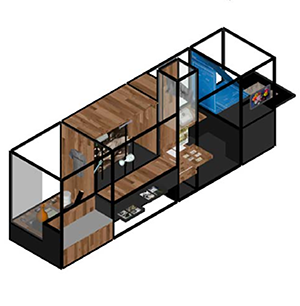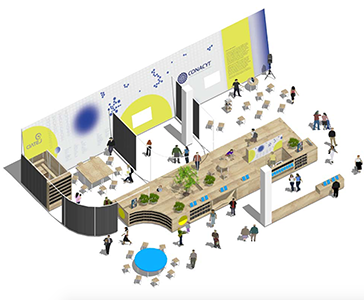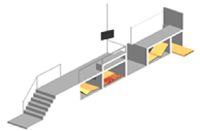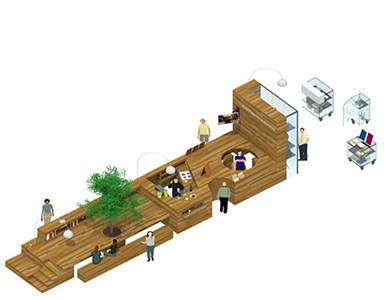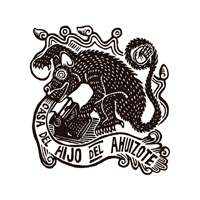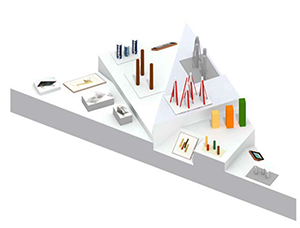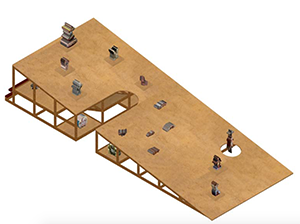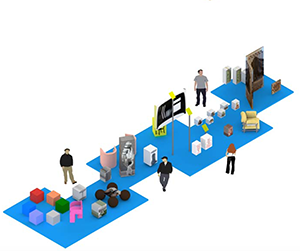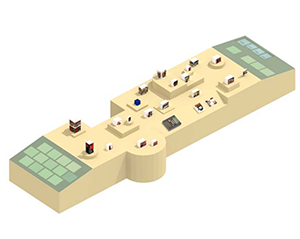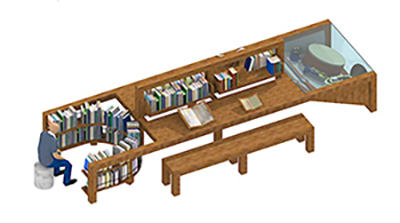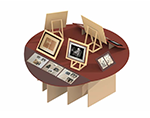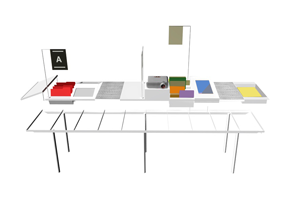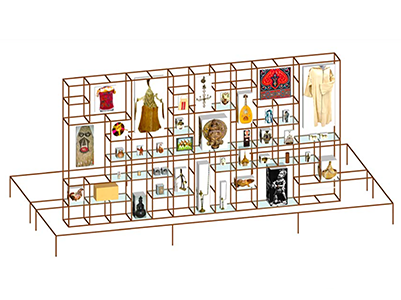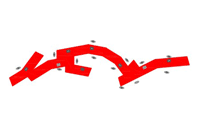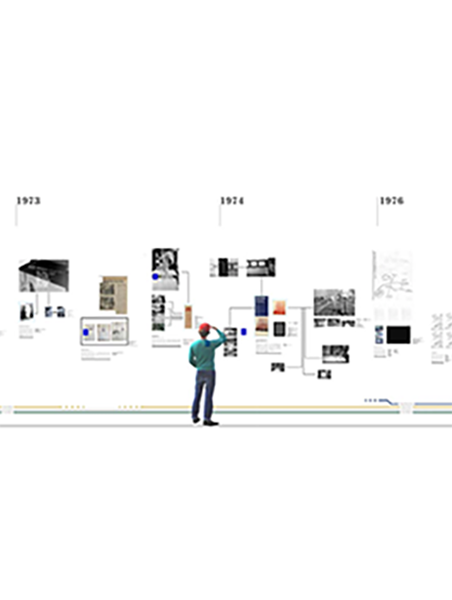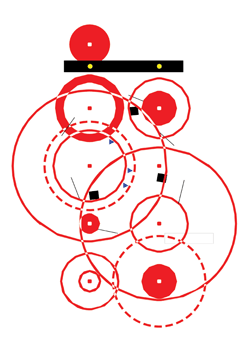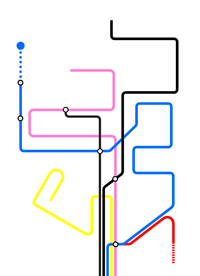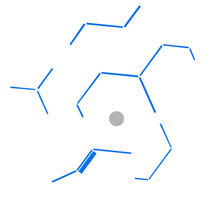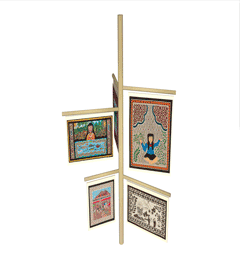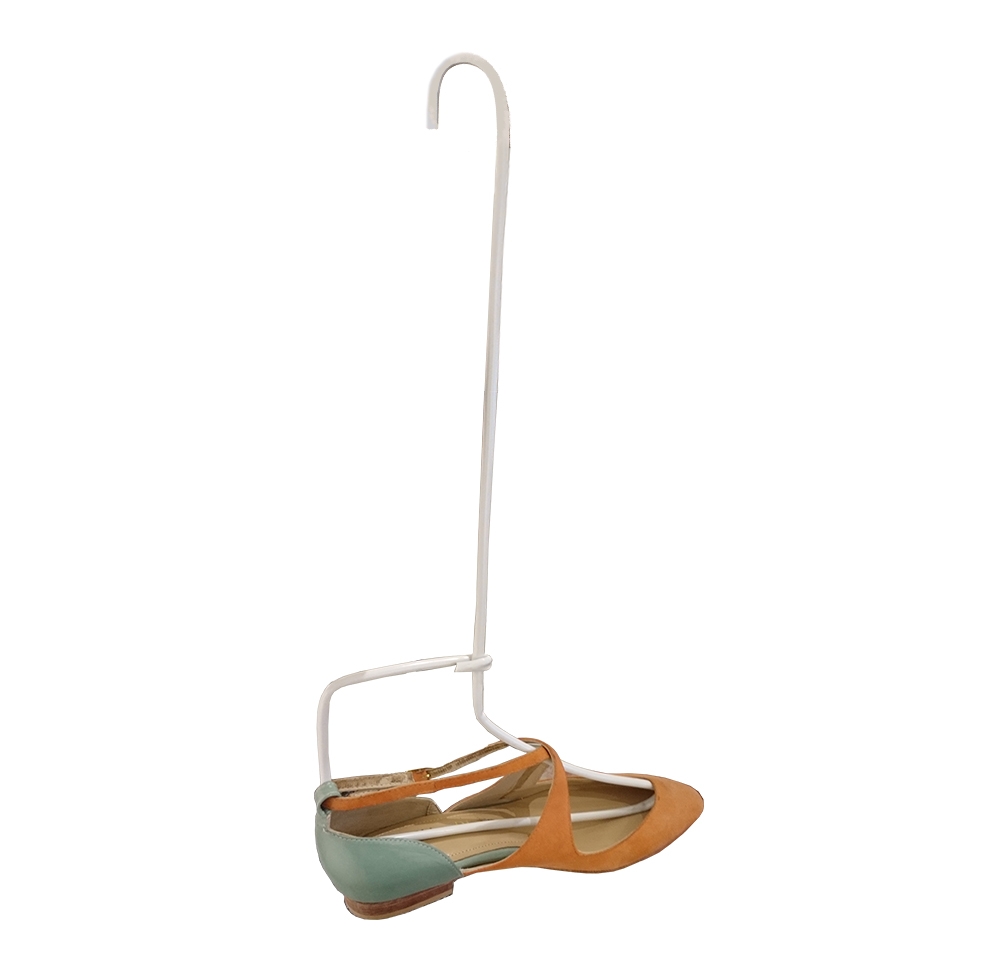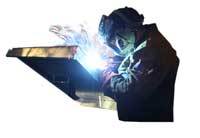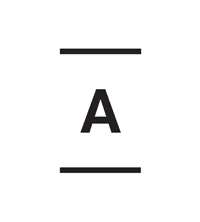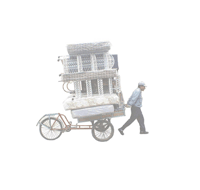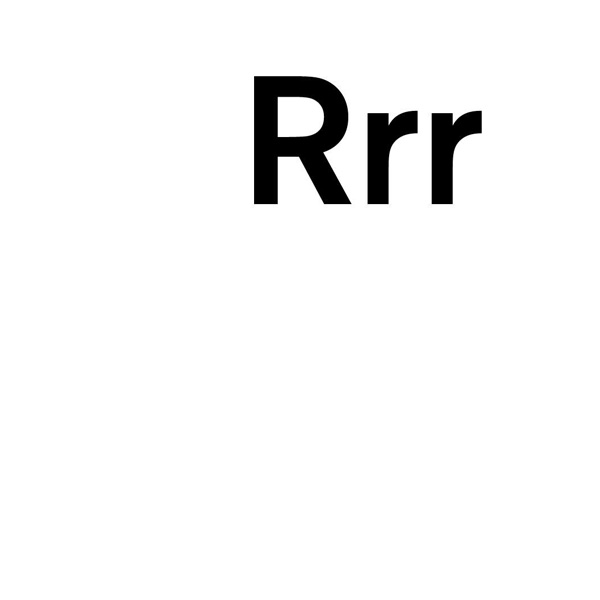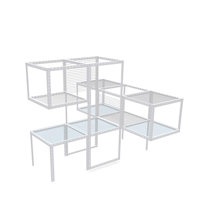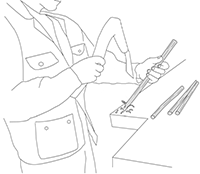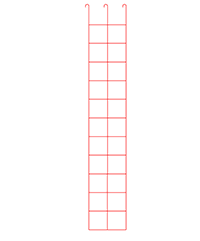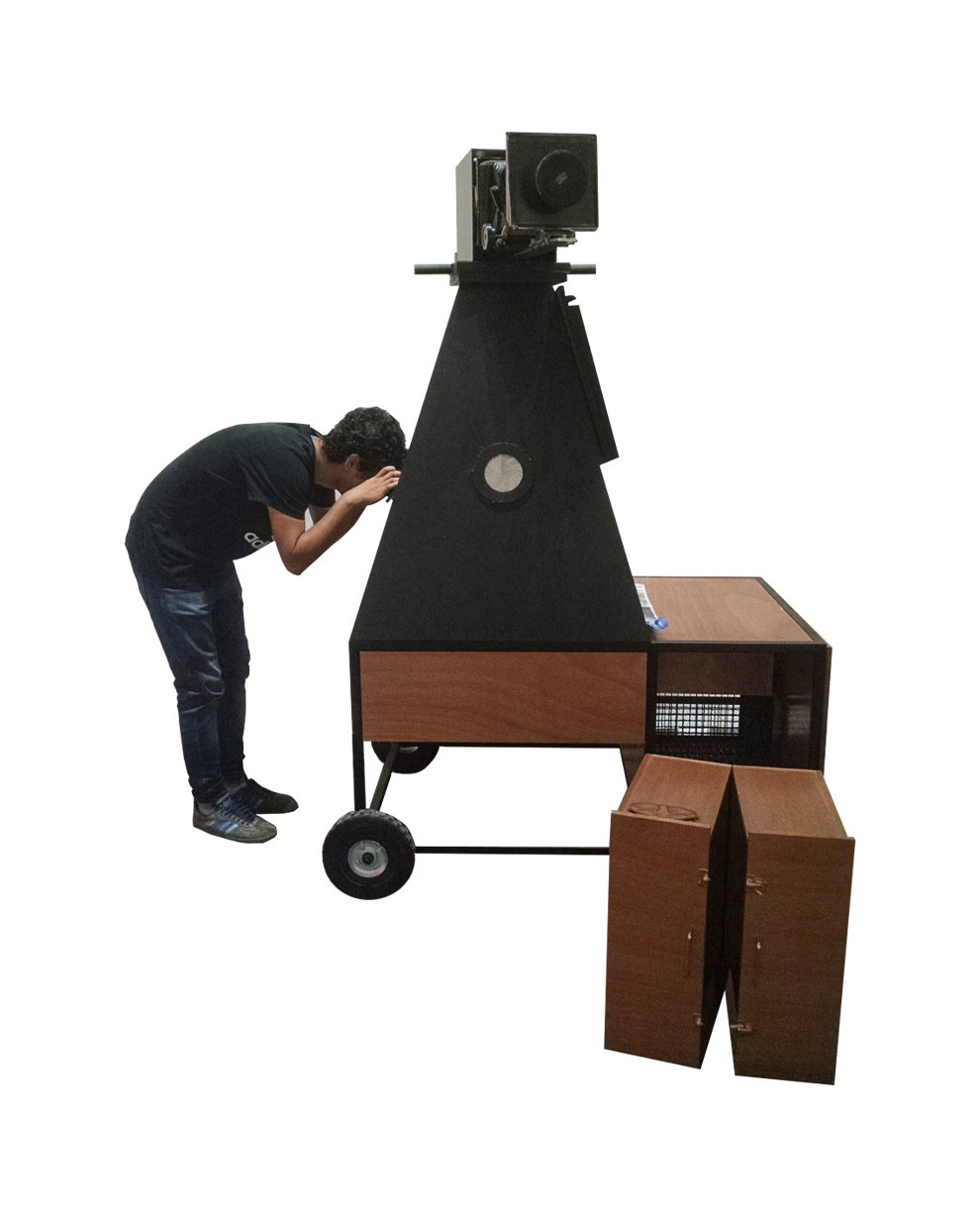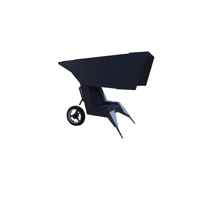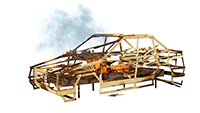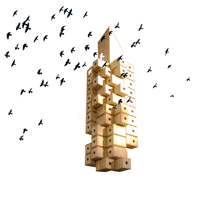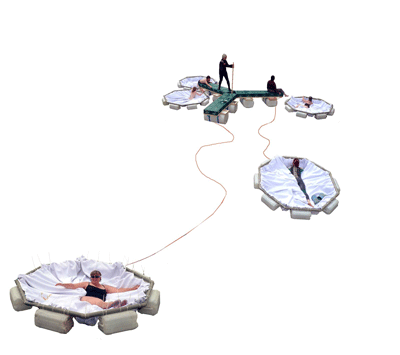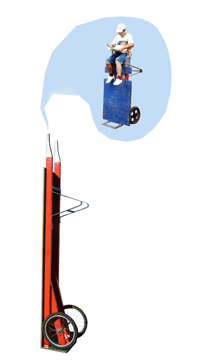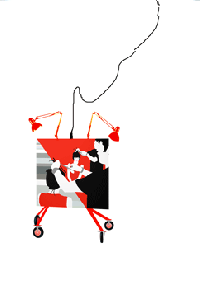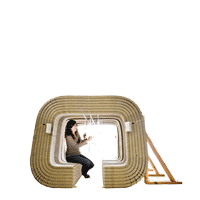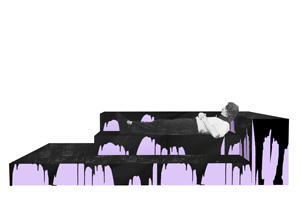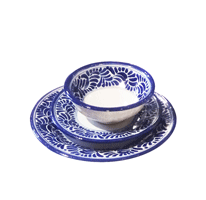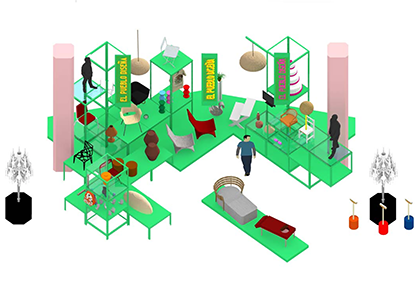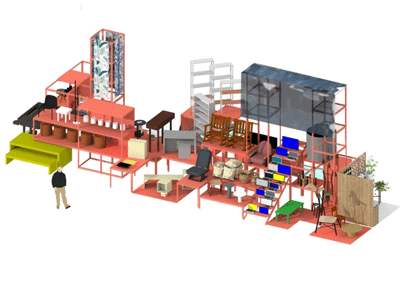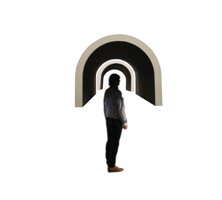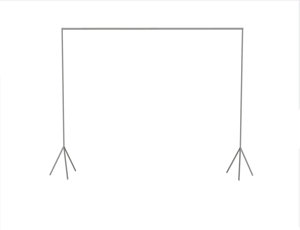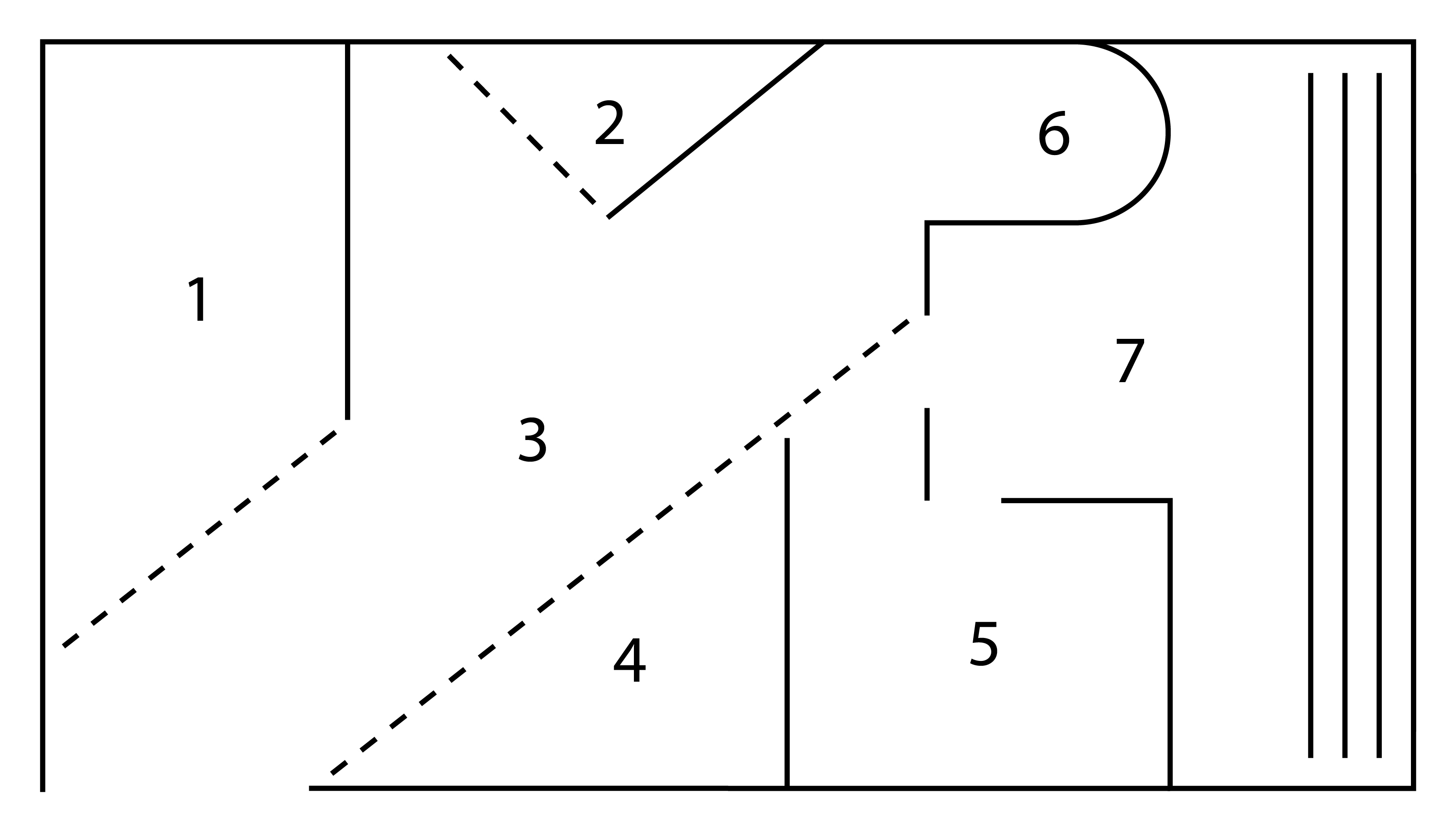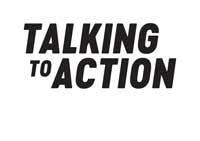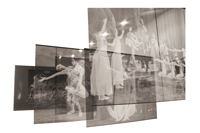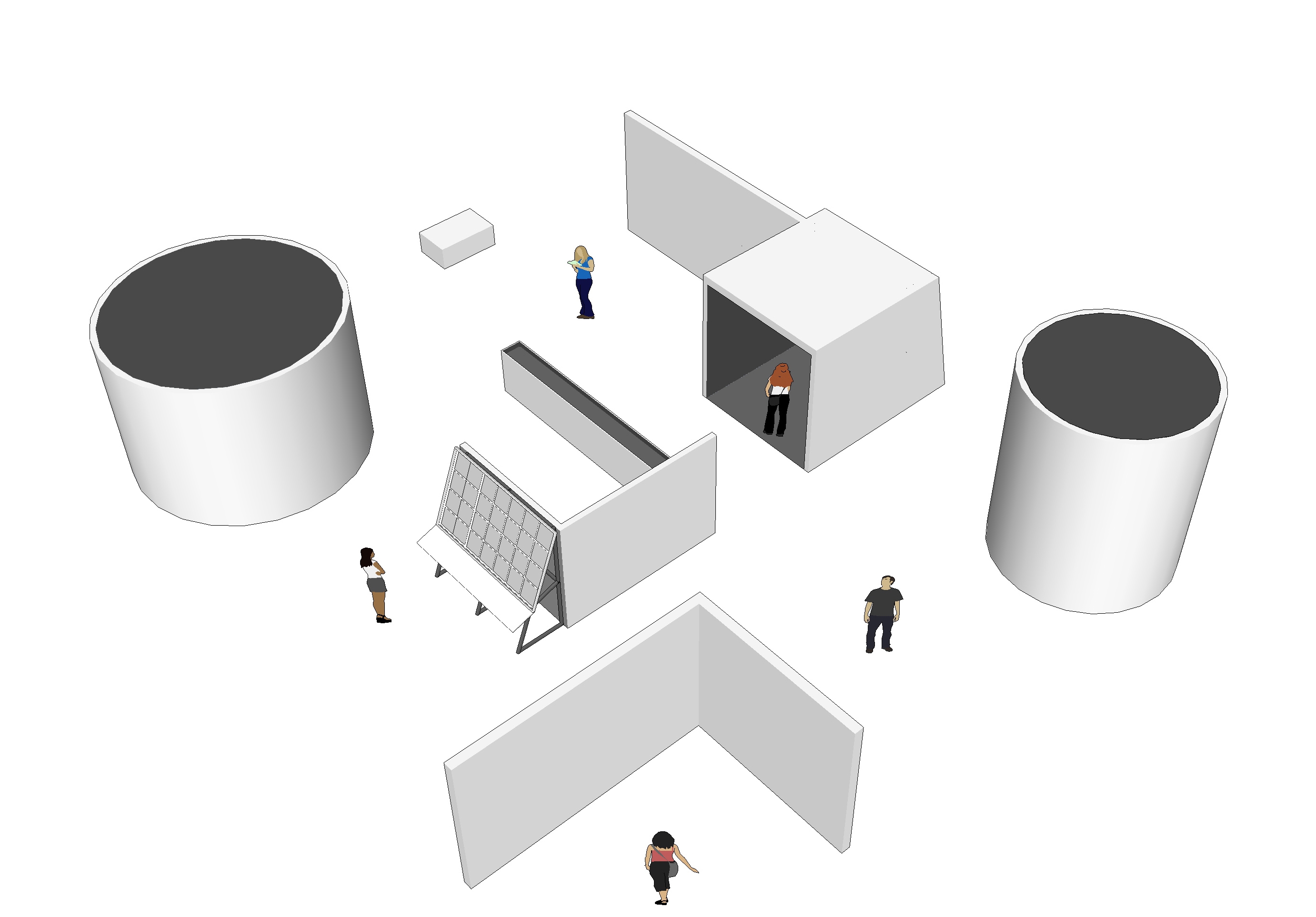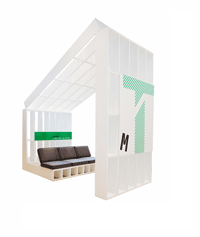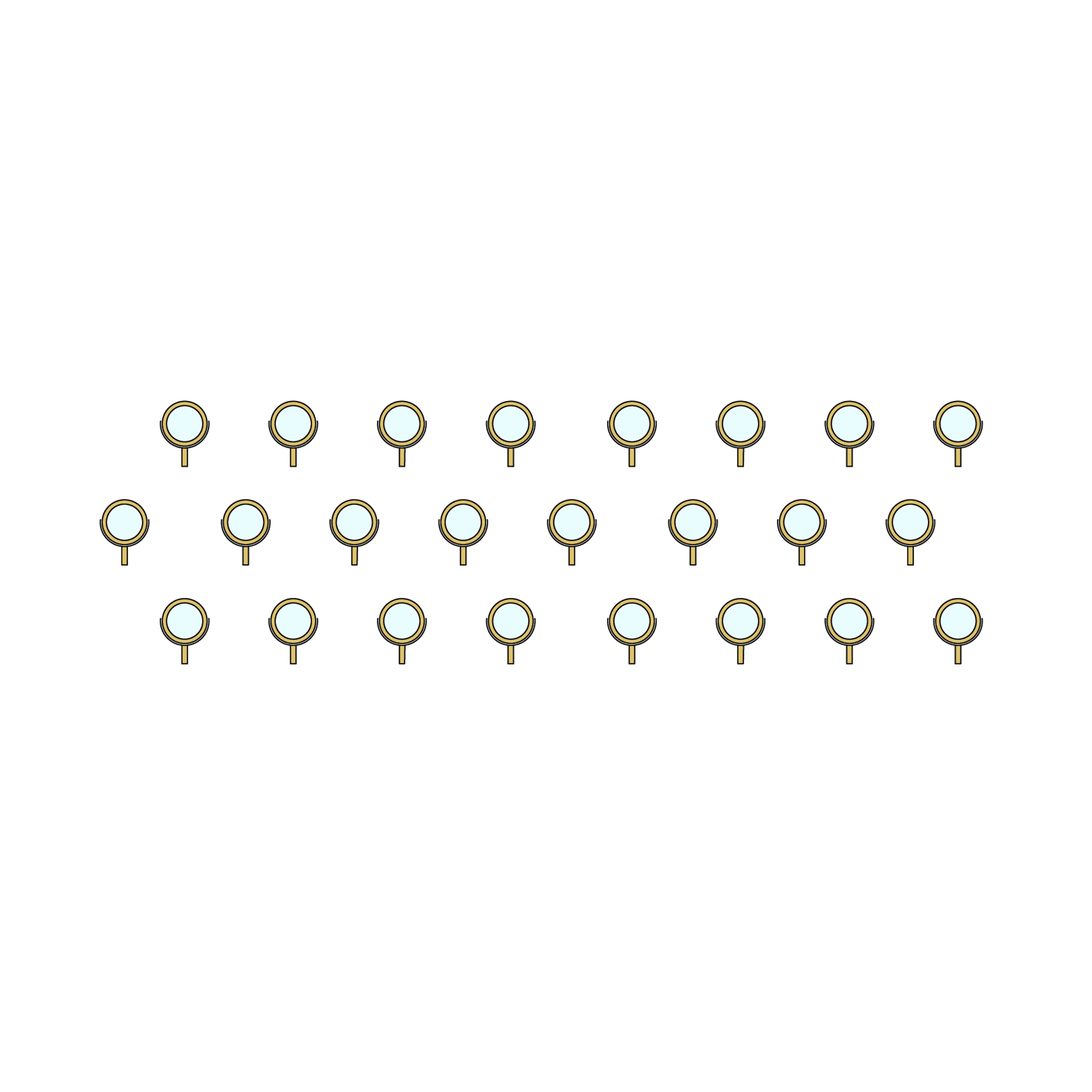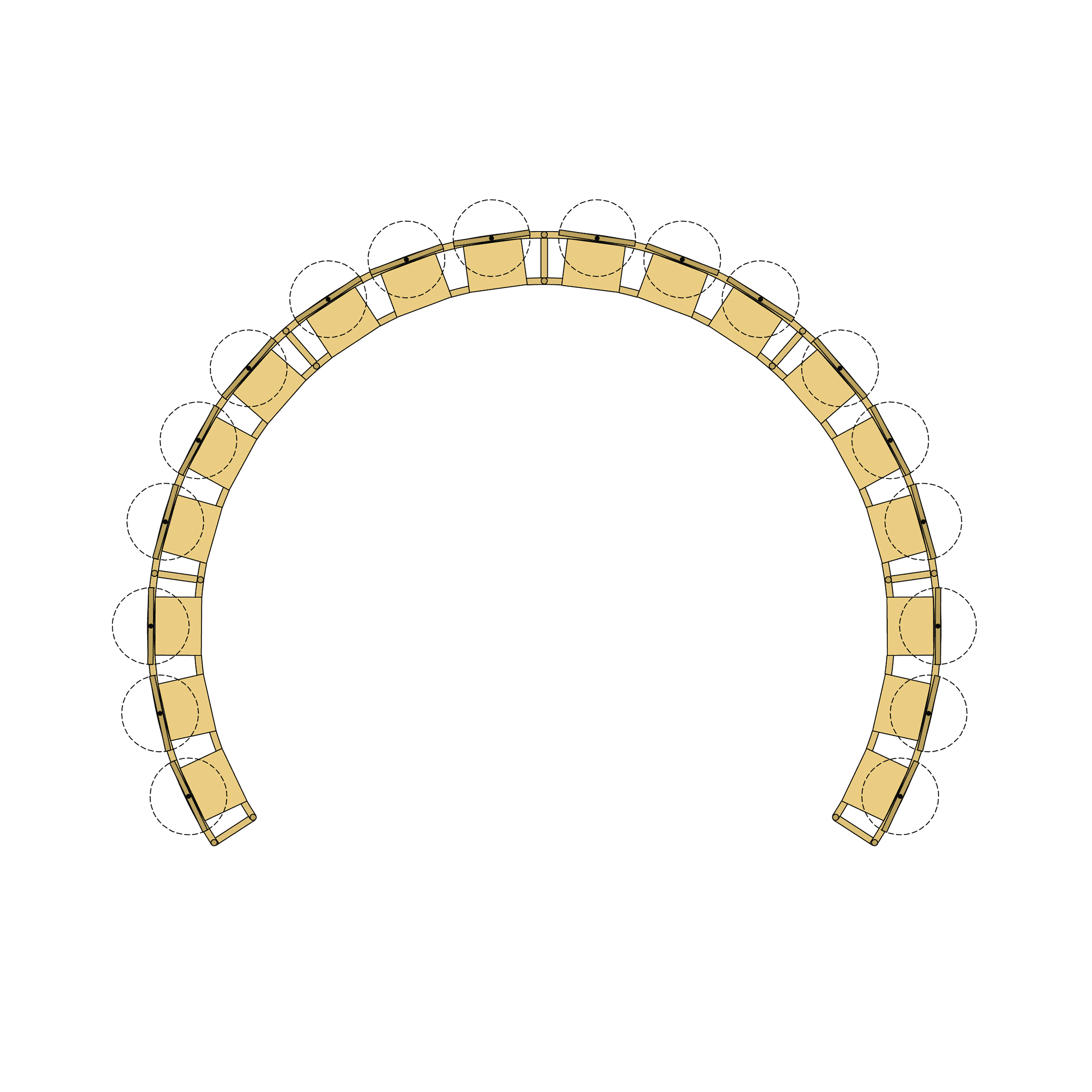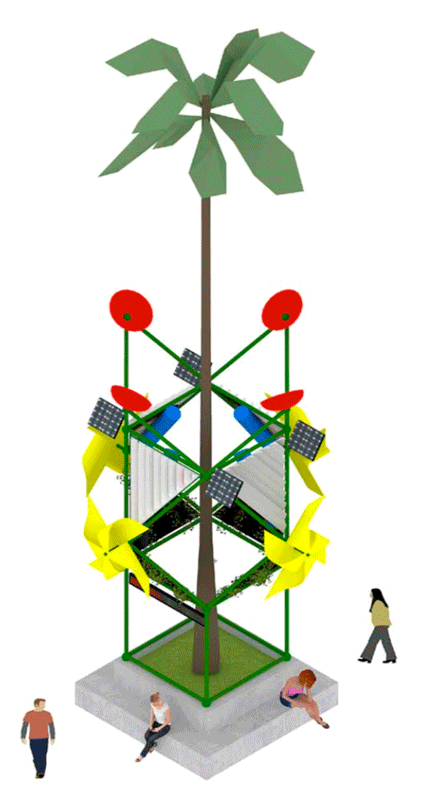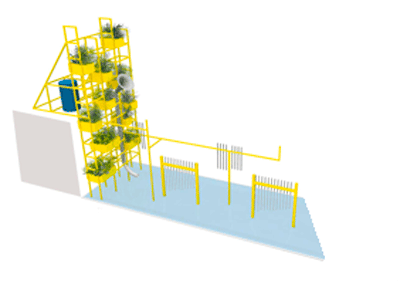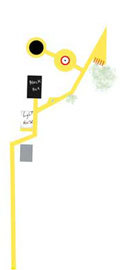727Galelry, Los Angeles - and UCSD (University of California San Diego)
(in collaboration with Camilo Ontiveros, Nina Waisman y Felipe Zúñiga with PD (pure data) programming by Marius Schebella)
A collaborative project that explores the creative exchange between technology, architecture, sound, and performance in order to reflect and transform social space and public culture.
This Project is an exercise in response to the media's monomaniacal presentation of Mexico as a space that is solely characterized by crime that is sensationalized by the media. Giacomo Castagnola developed a structure that has the potential to grow infinitely, through accumulating a single form or material unit (cardboard crates), to explore exchanges between scale, material, and memory. Inside of this ergonomic structure, it hosts the delicate and organic interactive sensor system designed by Nina Waisman, which, on one hand, integrates a collection of environmental sounds recorded in the city of Tijuana to Mediawomb. On the other hand, Mediawomb also exhibits Camilo Ontiveros' and Felipe Zuniga's appropriations of radio and popular media tracing manipulative reports of violence at the border, information on massive deportations in Los Angeles and San Diego, and soap-opera-esque B-Movie dialogues, that spectacularize narcoculture.
The piece hopes to give the visitor an awareness of her multiplex role in the cycle of media consumption. On the one hand, seated inside the visitor is, as always, an audience to manipulative media. On the other hand, however, the visitor has a chance to manipulate and activate new meanings as her gestures change the volume, layering juxtapositions, the pitch and speed of these sounds. Her physical reality impacts the virtual reality she co-constructs, engaging the body further in the consumption and production of media-based meaning.
